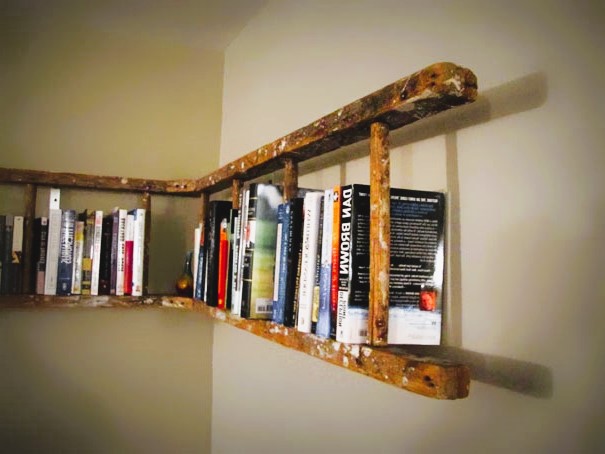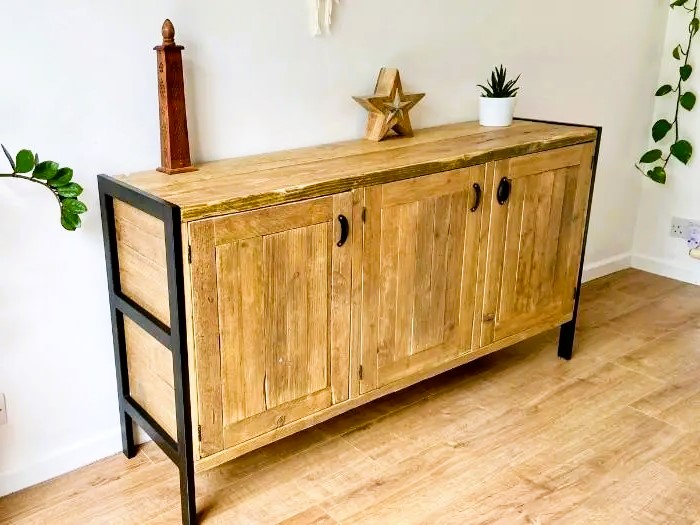In a world increasingly concerned about sustainability and environmental impact, upcycling and repurposing furniture have become popular ways to reduce waste, save money, and express creativity. This article explores the creative approach of upcycling and repurposing furniture, highlighting its benefits, techniques, and the importance of standards in ensuring safety and quality in these projects.
What is Upcycling and Repurposing Furniture?
Upcycling and repurposing furniture involve taking old, discarded, or unused pieces of furniture and transforming them into something new, functional, and aesthetically pleasing. Unlike recycling, which breaks down materials for reuse, upcycling focuses on breathing new life into existing items. This process allows for personalization, creativity, and reducing the environmental impact of waste.
Benefits of Upcycling and Repurposing Furniture

- Environmental Sustainability: One of the primary benefits of upcycling and repurposing furniture is its positive impact on the environment. By diverting furniture from landfills, we reduce waste and lower our carbon footprint.
- Cost-Effective: Upcycling is often more budget-friendly than purchasing new furniture. It can save you money while allowing you to create unique, one-of-a-kind pieces for your home.
- Customization: Repurposing furniture provides the opportunity to express your creativity and design preferences. You can match the piece to your existing decor or create a focal point in a room.
- Preservation of History: Antique and vintage furniture pieces can be given a new lease on life, preserving their historical value and craftsmanship.
- Learning Opportunities: Upcycling furniture provides hands-on learning experiences for DIY enthusiasts. It encourages the development of new skills, such as woodworking, painting, and upholstery.
- Reduced Consumption: By upcycling, you contribute to a culture of conscious consumption. You’re less likely to buy new, mass-produced furniture, which can lead to overconsumption. Do you like the article? Find out also more about custom furniture: furnishing your home to suit your taste.
Techniques of Upcycling and Repurposing Furniture
- Painting and Refinishing: A fresh coat of paint or stain can instantly transform a piece of furniture. Sanding and refinishing the surface can bring out its natural beauty.
- Reupholstering: Replacing old or damaged upholstery with new fabric can give a piece of furniture a whole new look. It’s an excellent technique for vintage chairs and sofas.
- Decoupage: Using decoupage techniques, you can add decorative paper or fabric to the furniture’s surface, creating unique patterns and designs.
- Assemblage and Collage: Combining different pieces of furniture or materials to create a new piece can be a challenging but rewarding technique.
- Adding Hardware: Simply changing the hardware on a piece, such as handles and knobs, can make a significant difference in its appearance.
- Repurposing: Repurposing involves using furniture for a different purpose. For example, an old ladder can become a bookshelf, or a wine barrel can become a table.
The Role of Standards in Upcycling

While upcycling and repurposing furniture are creative endeavors, they should not compromise safety or quality. This is where standards come into play. Standards provide guidelines and specifications to ensure that upcycled furniture meets certain safety and quality criteria. Two prominent sources for standards and guidelines are Wikipedia and Canada.ca.
- Wikipedia: Wikipedia is a valuable resource for understanding the history, techniques, and best practices in upcycling and repurposing furniture. It provides a wealth of information, including articles on specific furniture items, DIY techniques, and more.Wikipedia – Upcycling
Conclusion
Upcycling and repurposing furniture is not only a creative approach to home decor but also an eco-friendly and cost-effective way to reduce waste and promote sustainability. By giving old furniture new life, individuals can contribute to a greener planet while enjoying the benefits of unique and personalized pieces in their homes. Standards, as provided by resources like Wikipedia and Canada.ca, play a critical role in ensuring that upcycled furniture is safe and of high quality, further enhancing the appeal of this creative and sustainable practice. So, why not embark on your own upcycling journey and turn old, unwanted furniture into cherished, artistic pieces?

